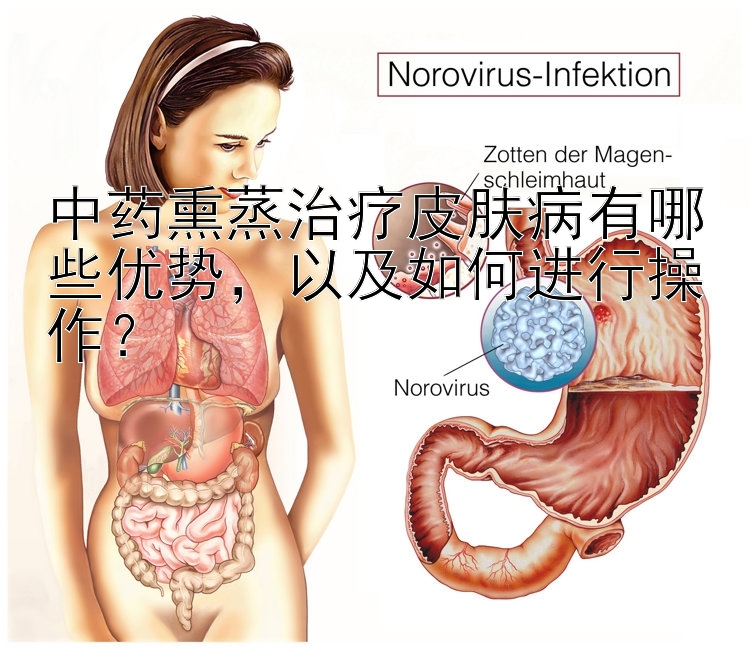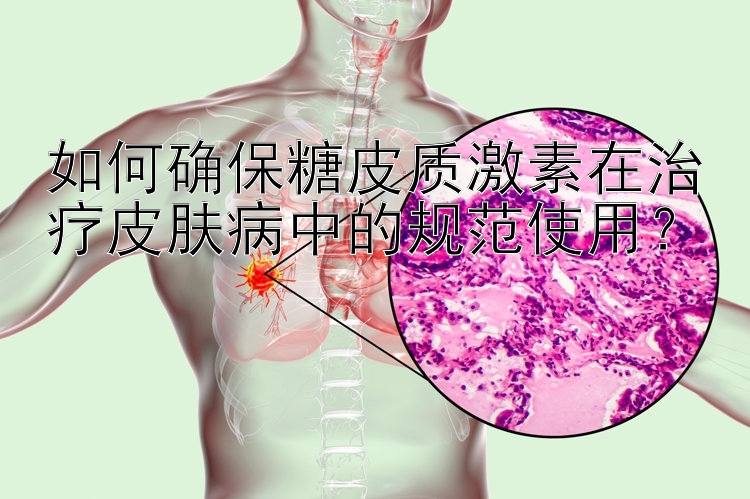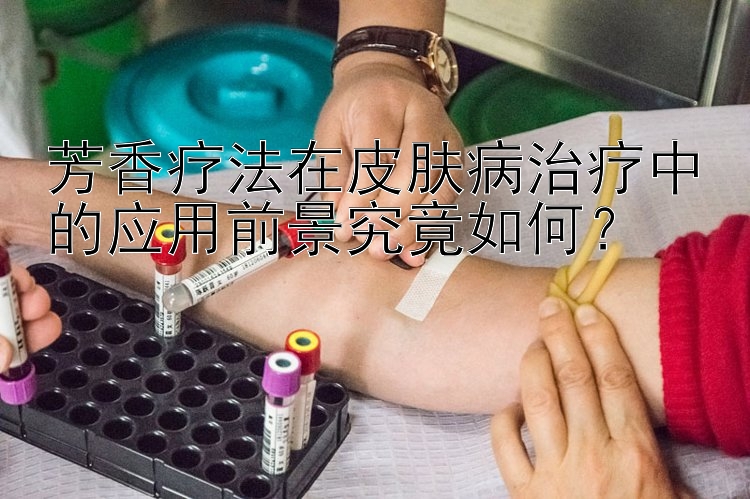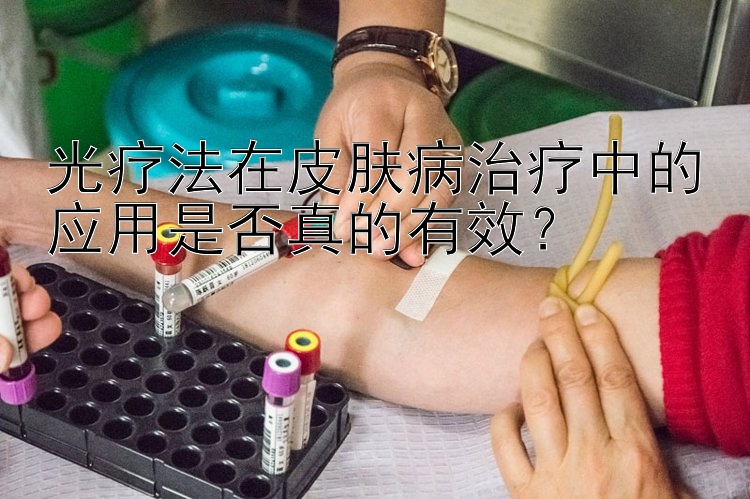如何评估糖皮质激素与抗生素联合治疗皮肤病的有效性?
导读在探讨如何评估糖皮质激素和抗生素联合治疗皮肤病的效果之前,我们需要先了解这两种药物的作用机制以及它们在皮肤疾病中的应用。糖皮质激素是一种强效的抗炎药物,它通过抑制炎症反应来减轻皮肤的红肿、疼痛等症状。同时,它还具有免疫抑制作用,可以降低过敏反应的发生率。因此,糖皮质激素常被用于治疗湿疹、接触性皮炎等......
在探讨如何评估糖皮质激素和抗生素联合治疗皮肤病的效果之前,我们需要先了解这两种药物的作用机制以及它们在皮肤疾病中的应用。
糖皮质激素是一种强效的抗炎药物,它通过抑制炎症反应来减轻皮肤的红肿、疼痛等症状。同时,它还具有免疫抑制作用,可以降低过敏反应的发生率。因此,糖皮质激素常被用于治疗湿疹、接触性皮炎等炎症性皮肤病。
而抗生素则是一类能够杀灭或抑制细菌生长的药物。当皮肤感染细菌时,使用合适的抗生素可以帮助清除病原体,促进皮肤愈合。常见的皮肤用抗生素包括四环素类(如多西环素)、大环内酯类(如红霉素)和氟喹诺酮类(如环丙沙星)等。
由于某些皮肤病常常伴随着炎症和细菌感染的双重症状,因此在临床实践中,医生可能会选择将糖皮 Corticosteroids are potent anti-inflammatory drugs that work by suppressing inflammation to reduce redness, swelling, and pain in the skin. They also have immunosuppressive properties, which can lower the incidence of allergic reactions. As a result, corticosteroids are frequently used to treat inflammatory skin conditions such as eczema and contact dermatitis.
Antibiotics, on the other hand, are a class of medications designed to kill or inhibit bacterial growth. When there is a bacterial infection present in the skin, appropriate antibiotics can help clear the pathogens and promote healing. Common antibiotics for topical use include tetracyclines (e.g., doxycycline), macrolides (e.g., erythromycin), and fluoroquinolones (e.g., ciprofloxacin).
Given the dual nature of symptoms often seen with certain skin diseases, clinicians might opt to combine these two types of drugs to address both the inflammation and the bacterial component simultaneously. However, determining the effectiveness of this combination therapy requires careful evaluation using various methods:
-
Clinical Assessment: This involves examining the patient before treatment begins and then regularly during the course of treatment to assess improvements in signs and symptoms. The physician will look at factors like the extent of the rash, its appearance, and any changes in discomfort reported by the patient.
-
Patient Reported Outcomes: These measures focus on how patients perceive their condition and well-being. Tools like questionnaires or surveys can be used to collect data on things like quality of life, symptom severity, and satisfaction with treatment.
-
Microbiological Testing: Before starting antibiotic therapy, it may be necessary to perform tests to identify the specific bacteria causing an infection. This helps ensure that the chosen antibiotic is effective against the targeted microorganism. After treatment, further testing can confirm whether the bacteria were successfully eradicated.
-
Histopathology: In some cases, a biopsy of affected skin tissue may be taken before and after treatment to evaluate changes in cellular features indicative of improvement.
-
Follow-Up Visits: Regular follow-up appointments allow physicians to monitor progress over time and make adjustments to the treatment plan if needed based on the response.
-
Comparative Studies: Clinical trials comparing different treatments or combinations of treatments provide valuable information about relative efficacy and safety profiles. Randomized controlled trials are considered the gold standard for evaluating new therapies but observational studies and case series can also contribute useful insights into real-world outcomes.
In summary, assessing the effectiveness of combined steroid and antibiotic therapy for skin conditions necessitates a multifaceted approach involving clinical observation, patient feedback, laboratory analysis, and sometimes more invasive diagnostic techniques like histopathology. By combining these tools effectively, healthcare providers can optimize treatment plans and improve outcomes for their patients suffering from complex skin disorders.
热门标签




















